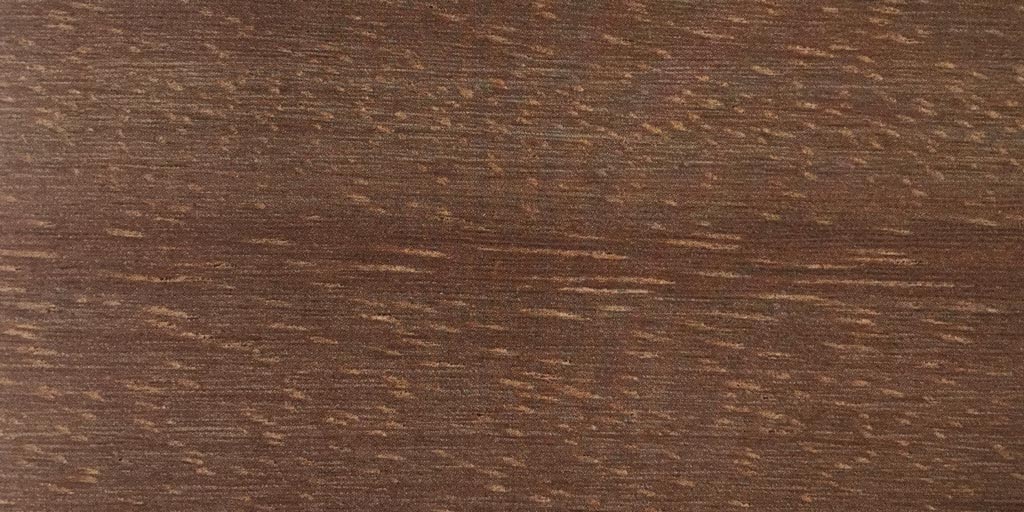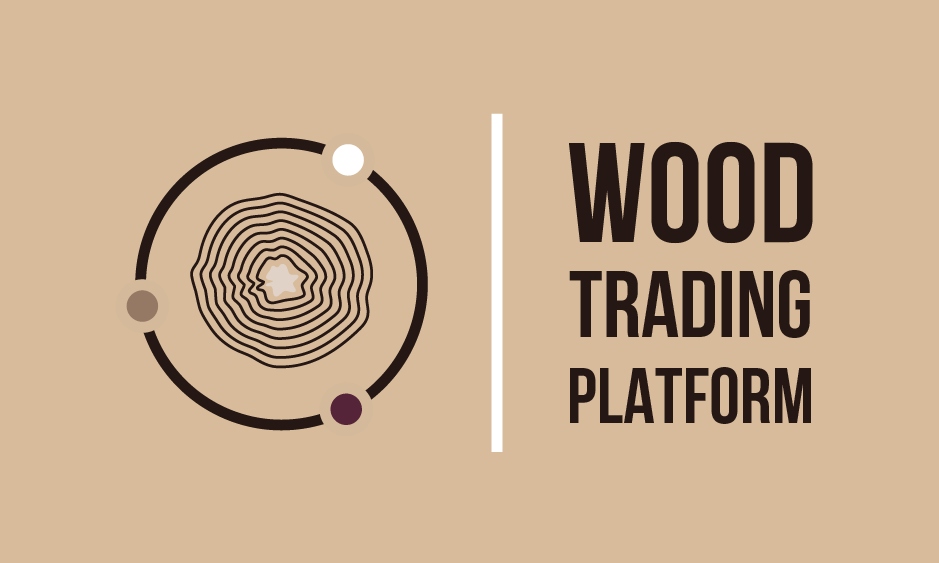
Countries of origin and local name
United Kingdom: Ekki, Red ironwood
Sierra Leone: Hendui, Kokank
Spain: Akoga, Okoka, Palo de hiero
D.R. of the Congo: Bonkole
Habitat
Afrormosia is a rare tree species found in West and Central Africa, including the countries of Ivory Coast, Nigeria, Ghana, Cameroon, and the Congo states. The tree grows primarily in groups.
Tree description
Afrormosia is a large tree reaching heights of 30-50 m (98-164 ft). The straight and cylindrical trunk is 60-160 cm (2-5 ft) in diameter, and is clear of branches for up to 30 m (98 ft). The scale-like bark is fibrous with strong red marks.
Wood description
The sapwood, about 3 cm (1.2 in) thick, is a lightly-colored mixture of white, green, and yellow. The core wood is greenish-brown with a silky luster and often displays greenish-red stripes. Pores may be filled with tannin, which can form calcium marks.
| DURABILITY CLASS | I |
| RAW DENSITY | 1.07 g/cm3 |
| BENDING STRENGTH | 190 N/mm2 |
| COMPRESSION strength | 109 N/mm2 |
| E-Module | 24,000 N/mm2 |
| Volume dwindle | 16.4 % |
| Radial shrinkage | 7.4 % |
| Tangential shrinkage | 8.7 % |
Property and application
Azobe is firm and heavy, being amongst the hardest usable woods in the world, and is largely impervious to the effects of insects and weather. These qualities make it a first-class construction timber with tremendous longevity. However, drying must be done slowly, and at low temperature, to avoid breakage or distortions. Examples of Azobe’s many uses are bridge construction, the building of railway sleepers and freight cars, and vehicle construction. In addition, it is used for wood decking, heavy lumber beams, and the production of laboratory furniture.
How to use it
Very Good
Construction wood, Ship, rail & truck building
Good
Usable
Rotary cut veneer, Flat sawn veneer
Not Good
Furniture, Flooring, Walls, decking, Paneling, Intarsia works, Cabinetmaking, Musical instrument, Doors, Modeling, Staircases, Weapons industry, Plywood, Window frames, Laboratory furniture & fittings, Blind veneer
